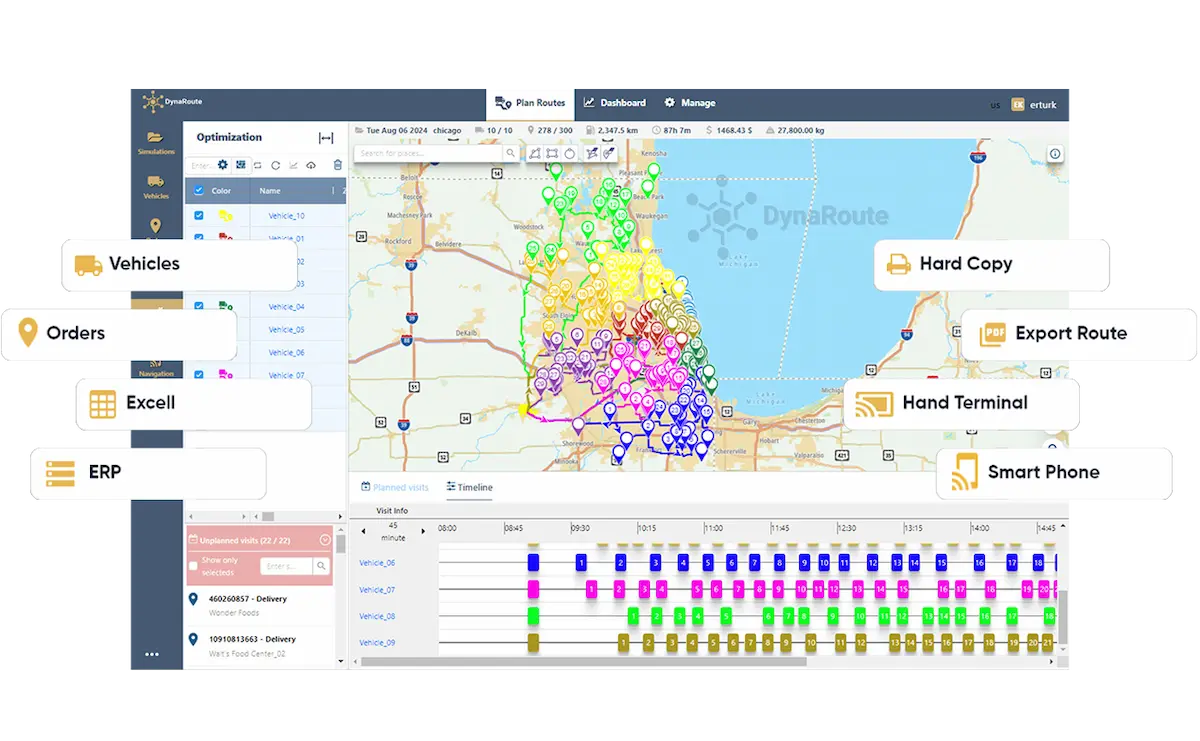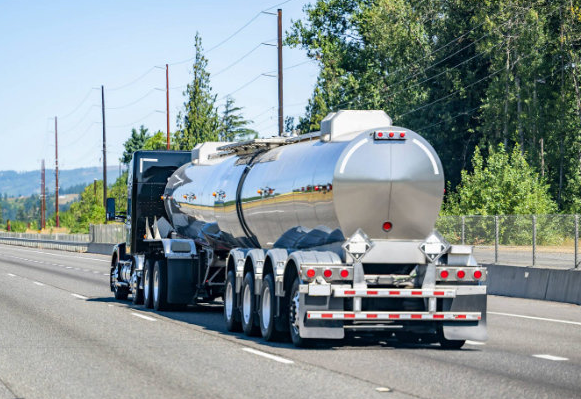Editor's Pick


Route Planning: Everything You Need To Know 1. Definition 2. Importance Efficiency: Reduces travel time and fuel consumption. Cost Savings: Lowers operational costs for businesses (e.g., delivery fleets). Sustainability: Minimizes environmental impact through optimized routes. User Experience: Improves navigation for everyday travelers and ensures timely deliveries. 3. Key Components Start/End Points: Origin and destination. Waypoints: Intermediate stops (critical for multi-stop routes). Constraints: Traffic, road closures, vehicle restrictions (e.g., weight limits), tolls. Optimization Criteria: Shortest distance, fastest time, fuel efficiency, or user preferences (e.g., scenic routes). Transportation Mode: Specific needs for cars, trucks, bikes, or drones. 4. How It Works Algorithms: Dijkstra’s Algorithm: Finds shortest paths in graph networks. A*: Uses heuristics for faster computation. Genetic Algorithms: Solves complex multi-stop optimizations. Real-Time Data: Integrates traffic updates, weather, and accidents. User Inputs: Preferences like avoiding highways or prioritizing speed. 5. Types of Route Planning Static: Pre-planned routes without real-time adjustments (e.g., printed maps). Dynamic: Adjusts routes in real-time (e.g., GPS apps like Waze). Multi-Stop: Optimizes sequences for deliveries or errands (e.g., traveling salesman problem). 6. Applications Navigation Apps: Google Maps, Apple Maps, Waze. Logistics & Delivery: Dynaroute, Route4me, routyn for fleet optimization. Public Transit: Planning bus/train schedules. Emergency Services: Fastest routes for ambulances or fire trucks. Robotics & Drones: Autonomous pathfinding in warehouses or airspace. 7. Benefits Time Savings: Avoids congested routes. Cost Reduction: Lowers fuel and maintenance expenses. Resource Management: Efficient allocation of vehicles/drivers. Customer Satisfaction: Ensures timely deliveries and service. 8. Challenges Dynamic Conditions: Unpredictable traffic or weather. Scalability: Handling large networks (e.g., global logistics). Balancing Objectives: Trade-offs between speed, cost, and preferences. Data Accuracy: Reliance on up-to-date maps and real-time feeds. 9. Tools & Software Consumer Apps: Google Maps, Waze, Citymapper. Enterprise Solutions: Dynaroute, Route4Me, Advanced Tools: ESRI GIS (Geographic Information Systems) for spatial analysis. 10. Future Trends AI & Machine Learning: Predictive analytics for traffic patterns. Autonomous Vehicles: Self-driving cars using real-time route adjustments. Smart Cities: IoT integration for traffic light synchronization. Sustainability Focus: Eco-friendly routes to reduce carbon footprints. Conclusion
Route planning is the process of determining the optimal path between two or more locations, considering factors like distance, time, constraints, and user preferences. It applies to various modes of transportation (e.g., driving, walking, cycling, logistics) and aims to enhance efficiency, safety, and cost-effectiveness.
Route planning is a dynamic, technology-driven process essential for modern transportation and logistics. By leveraging algorithms, real-time data, and user inputs, it addresses diverse needs from daily commutes to complex supply chains. As AI and smart technologies evolve, route planning will become even more adaptive, playing a pivotal role in shaping efficient and sustainable mobility solutions.





